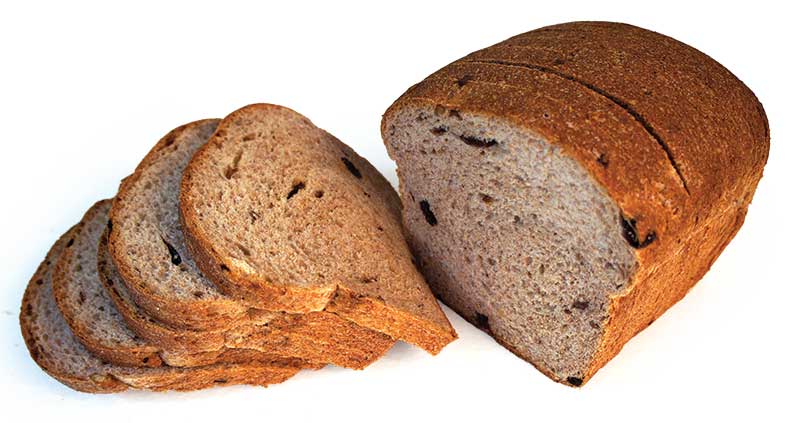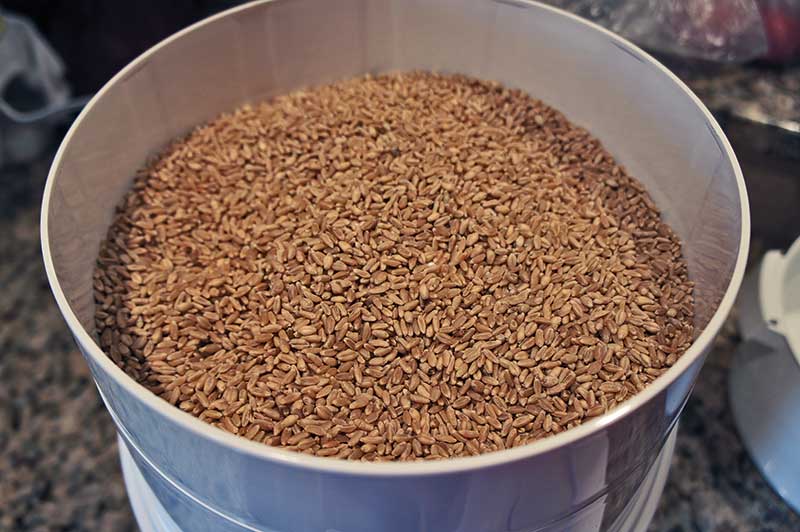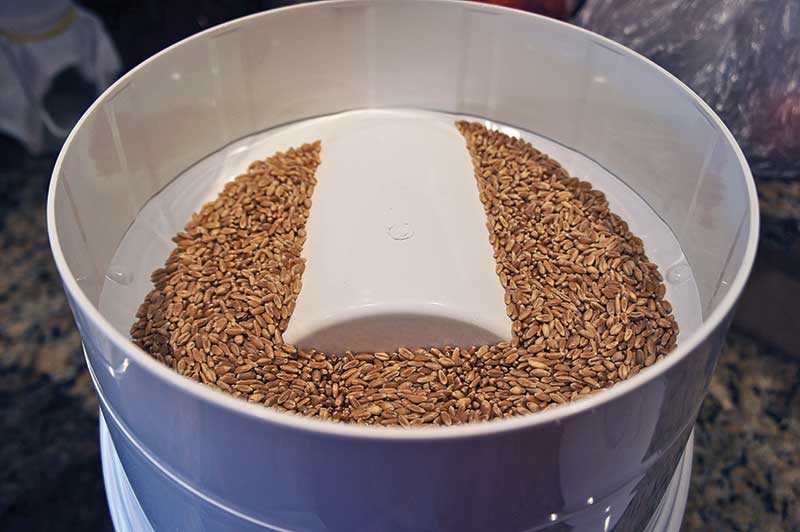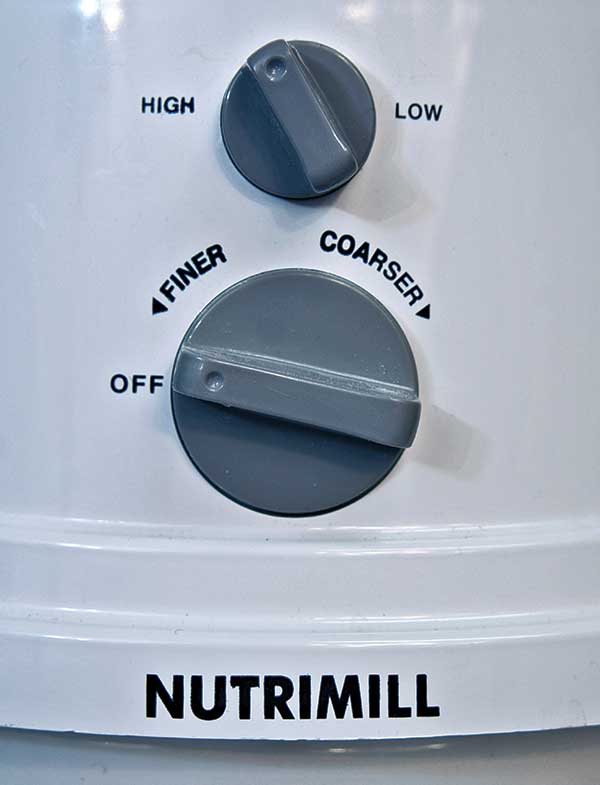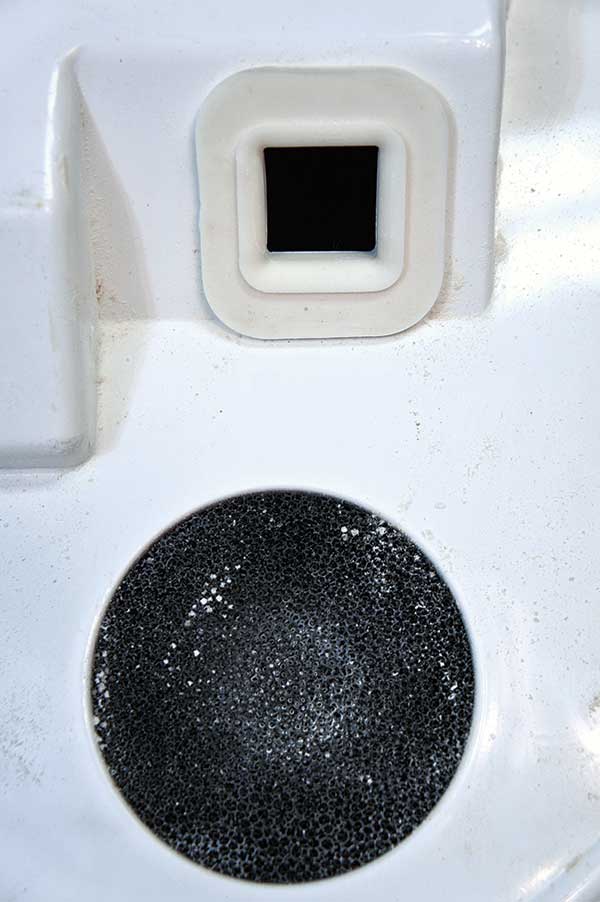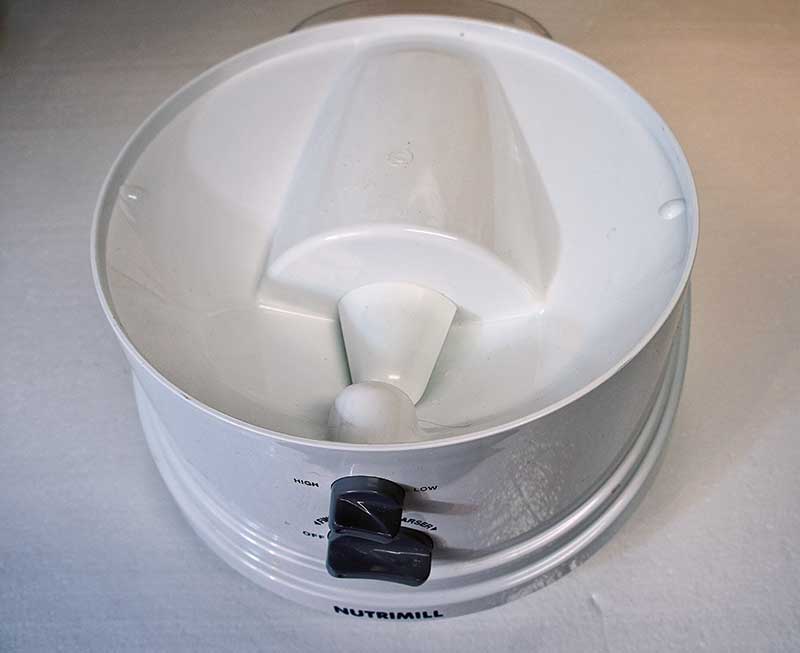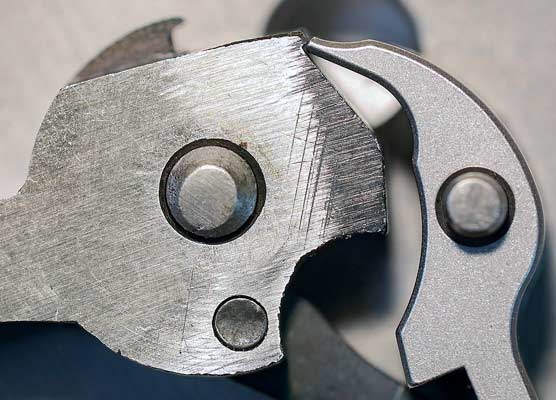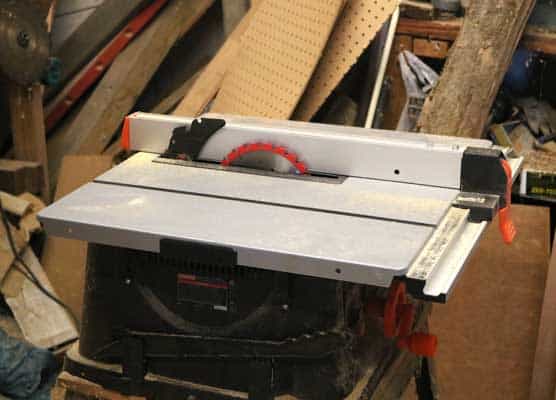You've Stored The Grain
Now It's Time To Make Bread
You will not rise to the occasion — you will default to the highest level of training you have mastered. Skills are needed in a survival situation. Skills you have mastered will be your No. 1 resource. One of the skills needed during a disaster is cooking; there will be no fast food, no salad bar, no frozen dinners and no aisles full of sliced bread. If you did not prep, there will be hunger. If you had the foresight to actually stockpile food then you will have to prepare it. There are only so many MREs you can eat, and freeze-dried food is expensive and requires large amounts of water. A few issues ago I wrote briefly about food storage. Most of the food we store is dried food with an extremely long storage life. Buckets of wheat, rice and beans last for years. The one problem for most people is knowing how to prepare this kind of food.
Americans began going to the store post World War II. Huge advances were made during the war, and after the war was over men began working in factories more than farms. We, as a culture, moved farther and farther away from the farm. This meant less and less people were actually involved in growing, processing and making food. Instead of growing wheat, grinding the wheat and making the bread, we go down to the supermarket and buy a loaf. If you plan on eating bread during a long-term disaster, then you are going to have to learn how to make it yourself.
Raw Goods
Actually grinding wheat and making bread is so foreign to some Americans they don’t even know that you get flour from wheat. For those who do know wheat is connected to bread, they don’t understand the concept of the wheat berry. I asked a woman once what kind of grinder she had purchased with her food stores. She did not even know she needed a grinder. She actually believed the big 5-gallon buckets labeled wheat contained wheat bread. The lady had no idea what she was going to do with all the food she had purchased. Sad state of affairs, but true all over America. She was just another example of a person who threw a bunch of money into a problem, but did not really fix anything. Here is a current real world problem that you will face in a disaster.
Women in developing countries spend a quarter of day just getting enough water for the family. This doesn’t count the food preparation and cooking. Cooking requires most of the time of the day. Preparing, cooking and storing takes hours without modern appliances and prepackaged food.
After some reading up on the Internet, you decided to order a year’s supply of food from a vendor. You may have used Emergency Essentials or Wise Foods, or one of the many countless Internet suppliers. What arrived were boxes and buckets of dried foods. In many ways, if you poured it into jars and crocks, it looks like the food our ancestors ate when they conquered the wilds of America. Dried fruits and veggies, and buckets of grain covers about 85 percent of what you bought. In any survival manual you read, it will tell you wheat and corn are the cornerstone of a food storage program. This doesn’t mean storing flour, but storing whole, unground grains. The reason for this is wheat will last for years as long as it is not wet. A bucket of wheat that is not nitrogen packed will last for at least 5 years — just keep the bugs out. Flour on the other hand doesn’t last very long; flour will go rancid very quickly.
Making Bread
So how do we get bread? To start the process you have to grind the raw wheat into flour. Keep in mind this will not be the bleached white flour you buy once a month in the store.
This will be wheat flour, and you will be getting a wheat-style bread. Empires have been built on the grinding of grains. Throughout the centuries, the gristmill owner was a wealthy man in the community, and at the turn of the century flour companies dominated advertising time. Country legend Hank Williams Sr. actually made his first recordings for a flour company.This should impress upon you how important turning wheat into flour has been for the survival of the human race. You need to purchase a grinder so you will not be giving part of your stored food to the guy who has one. This is how a gristmill worked — the mill owner took part of your flour and sold it to pay for the services.
I always, always suggest buying the Country Living Grain Mill, as it’s hand operated and adjustable. The grinding portion is made from stainless steel and not stone. The large crank wheel has a “V” cut into it so you could hook it up to an electric motor or even an exercise bike. The Country Living mill will literally last forever, but is not always the most convenient. My mother who has gotten into grinding grains pointed out “she did not want to be stuck in the kitchen turning a handle.” If you are going to use your food storage program on a regular basis I would buy two different grinders, a electric one for the kitchen, and a hand grinder for the bad times. I borrowed a Nutrimill to grind some wheat for this article. The Nutrimill is very common in the US. It’s used in commercial kitchens and some bakeries even use them. It does have some issues I do not like. It is electric, plastic, loud and I can’t see how fine the flour is without stopping the entire operation and removing the bowl. This is annoying if you are used to a hand grinder. The upside is it’s electric, lightweight and you don’t have to crank it. If you have a power source plan during an emergency, the electric version may free up some time to do other chores.
Start Small
The first few times you grind wheat using the electric mill you will need to start with small amounts. There is a large range of adjustment on the machine. You will need to find the coarseness you are comfortable using. Be careful, you can burn the motor out if not enough grain is moving through the machine. You will also be able to tell by the sound the machine is making if you are grinding, (you can actually hear the wheat berries being turned into flour). You will be able to feel when the grain starts grinding as you adjust the knob. You can make the flour very fine, just like you would purchase in the store, but it takes longer. If you are more concerned with getting calories in the body then crank it to course and let it ride. A warning, you will end up with a larger amount of flour than the grain you poured into the machine.
Once you have turned the grain into flour, then you can use it in any recipe. It works just like the flour in bags you buy at the store. You will want to make sure the grind is the right type of flour for the recipe you are using. There are several types of wheat in your food storage, or at least there should be. Hard red winter wheat is the most used in prepackaged food storage programs. I used organic white wheat in this article. It has a milder flavor, and is fantastic for making breads. You can also crack it open and eat it for breakfast. I like it for baking better than the hard red winter wheat. I store organic wheat. Organic costs more, and will probably be harder to obtain. I feel like it is worth it in the long run. I am not a fan of the pesticides sprayed all over crops in the United States so I use organic when I have the option.
Just The Beginning
Wheat is only one of the cornerstones of food storage. I will admit it is a large one, but there are dozens of other food items you will need to learn how to use. Dehydrated fruits and vegetables cook differently than canned items. The best way to learn how to cook for a disaster is cooking when you are not in the middle of one. Since you buy food for storage in bulk it’s usually cheaper overall than shopping at the grocery. There are many excellent cookbooks on using storage foods. Implement your food storage program in your daily cooking will help ensure you will not be caught with your pants down during a disaster. I stress to preppers all the time that the middle of a disaster is not time to be perfecting a skill. Do your homework before the lights go out.
Do not let not owning an oldschool wood oven stop you. Bread does not only come in shiny bags, pre-sliced. Bread can be fried, baked or even boiled. Most fried bread will be of the pita type, or in the western states known as Navajo Bread. It involves making dough and then beating it into a disk. This disk is then fried in oil. I am sure this will make health nuts cringe, but it will give you much needed calories without an oven. Almost every Southerner has eaten boiled bread. Dumplings are just boiled dough. Bagels are boiled before they are baked. I have read stories of people during the depression eating wheat dumplings every night, except there was no chicken involved. Using storage foods will sometimes require you to think outside the box.
I can’t stress enough the importance of getting as much information and practical experience you can. The book Cooking With Stored Foods is an excellent book available on Amazon. There are dozens of books on storage food cooking and countless websites. You can also look at how early settlers and mountain men ate. Their diet contained tons of dried food such as wheat and oats. Try as many recipes as you can, being careful to watch for developing an allergy to taking in lots of grain-based food. One of my favorites is wheat pasta; you can make this in your home using recipes found in some of the fantastic cookbooks. Pasta goes a long way to stretch out soups.
There are hundreds of recipes for bread from all over the world. Some are simple and some elaborate. What bread you make will be determined by your cooking situation and the products you have stored. You should have this planned out and written down. Figure out what the best way for you to make bread is. Bread, at the end of the day, is a way to get calories into the body. This has been true for centuries, and will continue to be. Grain is a cheap and efficient way to store food. Learn to grind, store and cook with it and you will never go hungry.

